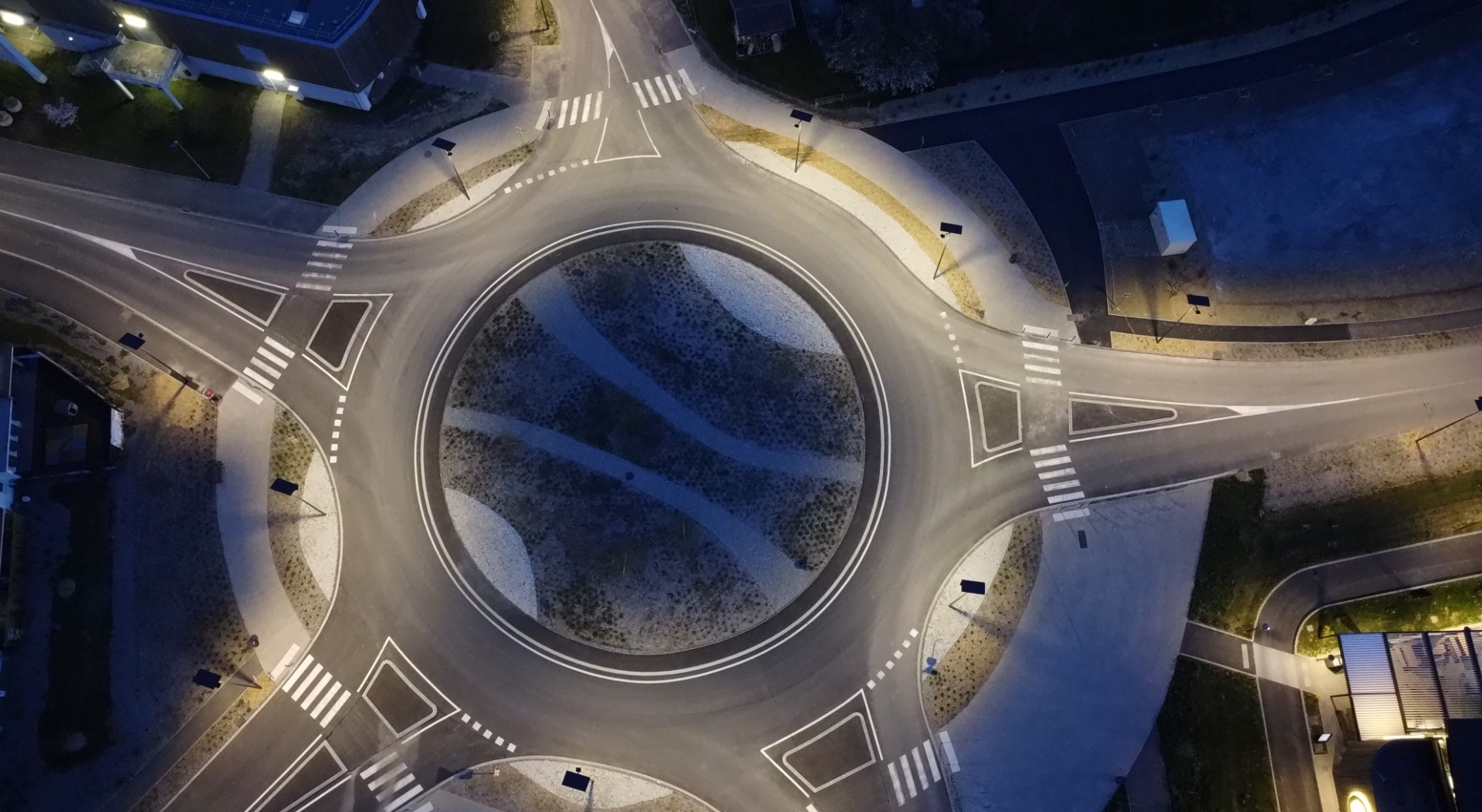Practical guide: how to recycle a solar street lamp?
Solar energy is the future of street lighting, but what happens when these street lamps reach the end of their life cycle? In this guide, we will explore the essential steps to properly recycle a solar street lamp, thus minimizing its impact on the environment.
What is recycling ?
A product is considered "recyclable" when it cannot be donated or sold, repaired or reused. Then it becomes waste and recycling makes it possible to turn it into a resource and prevent it from polluting.
Recycling is the recovery operation by which the recoverable components of used products are reprocessed into substances, materials or products for reuse in the economy, in a circular process.
STEP 1: The photovoltaic panel
The photovoltaic panel is a durable component and has an average lifespan of about 30 years. In addition to being a persistent element, the solar panel is more than 99% recyclable.
Fonroche Lighting’s photovoltaic panels are designed to withstand the most extreme weather conditions (wind resistance (EN40 standard) and extreme temperatures).
At Fonroche Lighting we pay particular attention to the lifespan of our products and design our solar street lamps so that their components are recyclable. Since 2017, Fonroche Lighting became a member of the SOREN eco-organization for the recycling of the various components of its end-of-life photovoltaic panels.
There are several ways to recycle used photovoltaic panels, depending on their technology and condition.

Crystalline photovoltaic panels consist mainly of a chemical element called: crystalline silicon. This technology, known for its robustness and performance, largely dominates the market, with around 80% of panels installed in France. Among other things, Fonroche uses this technology.
When it comes to recycling, two approaches are preferred: grinding and delamination.
The difference between the two techniques is that the grinding method allows all components to be sorted in order to reintegrate secondary raw materials into new materials or products. On the other hand, the delamination technique makes it possible to recover as much of the panel’s components as possible.
STEP 2: The battery
The type of battery used for our solar street lamps: NiMh batteries; has an average lifespan of about 10 years and an estimated recyclability rate of over 99%.
This technology, which is easier to recycle than a lithium battery, consists of Nickel (Ni) and Metal Hydride (Mh), two components that have a very good rate of recyclability. After being collected and then treated, reusable metals are extracted and reclaimed, including 85% Nickel Iron, which is used to make steel.
SNAM, a company specialized in the collection and recycling of batteries, has been qualified to take over the recycling of our storage systems. The electronics are taken care of by the EcoSystem organization.
STEP 3: The LED lantern
As a low-energy and long-lasting component, the LED lamp has a lifespan of more than 20 years. Each solar lamp consists of an aluminium casing, an infinitely recyclable material that contains:
- A heat sink, also made of aluminium and 100% recyclable.
- An electronic card, recycled by the organization Ecosystem.
- Various electronic components (diodes, semiconductors, transformers…) commonly recycled.
- A polycarbonate lens, a material that is easily recyclable and reusable for new applications.
As for the mast and the head, they are made of galvanized steel and can be recycled indefinitely and 100% recyclable. Indeed, the majority of the steel used is made from recycled steel, in order to guarantee a lower consumption of energy and raw materials.







